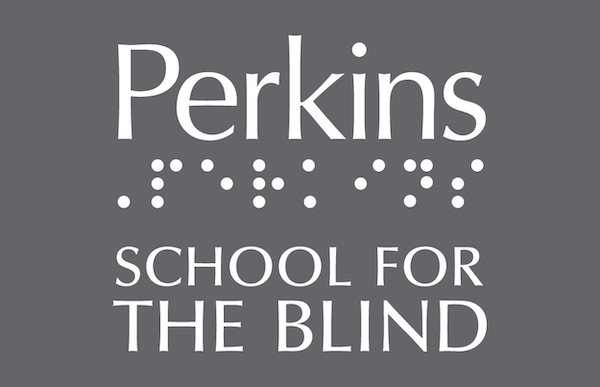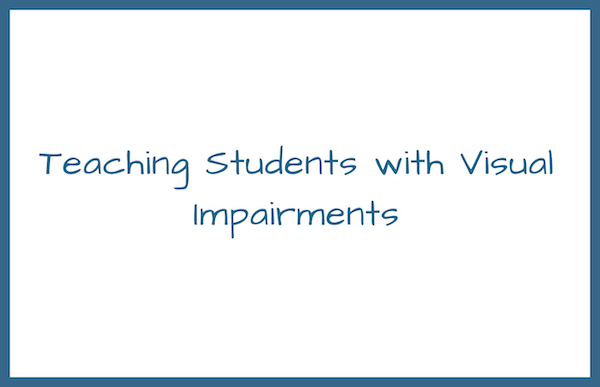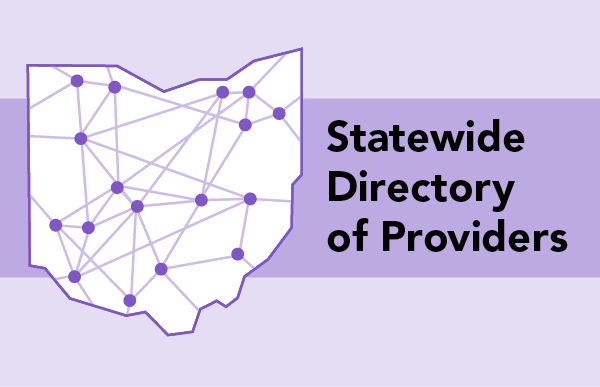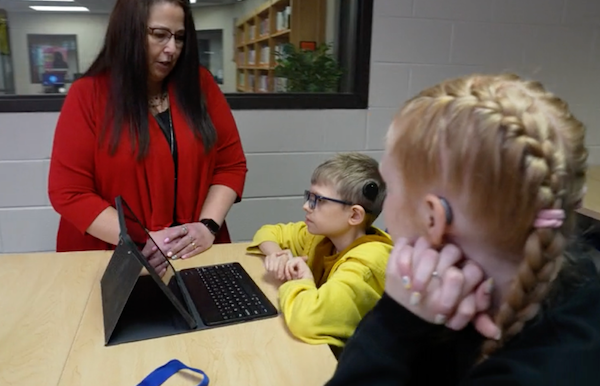Ohio Guidelines for Working with Students who are Blind or Visually Impaired
Role of the Teacher of the Visually Impaired (TVI) in Planning and Instruction
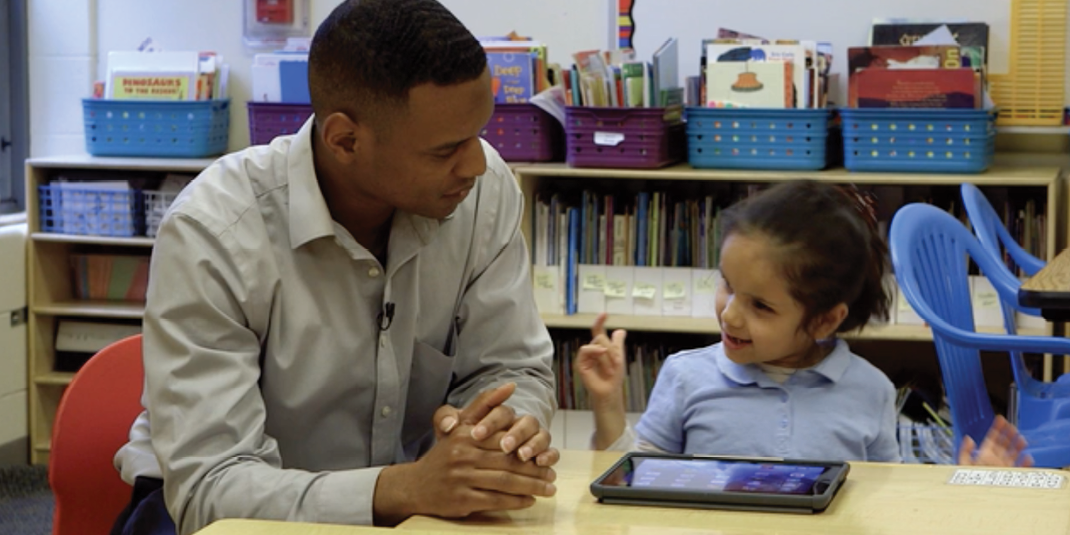
A teacher of students with visual impairment (TVI) is a team member for all learners with visual impairments, including those with multiple disabilities and deafblindness. The educational needs of the learners vary widely. From initial evaluation to instruction to assessment, the TVI plays a critical role in helping students, teachers, paraprofessionals, family members, and related services personnel.
Supporting Educational Teams
The TVI educates, supports, and collaborates with family members and other members of the instructional team who work with the learner with a visual impairment. The TVI must be able to convey professional opinions in a diplomatic, collaborative manner in order to ensure that appropriate programming is recommended for the student.
The TVI’s supporting roles may include:
- Supporting families in developing early childhood goals and objectives related to a visual impairment,
- Supporting transitions from early intervention services to preschool, preschool to elementary school, elementary school to middle school, and middle school to high school,
- Assisting in the provision of a coordinated set of activities for transitioning from school to adult life,
- Providing direct instruction, co-teaching, and participating in other collaborative efforts,
- Consulting with parents, teachers, and other professionals in home, community, and school on providing instruction in the ECC areas,
- Assisting in modifying the environment to accommodate specific visual needs,
- Modeling appropriate instructional techniques,
- Providing, creating, and assisting in acquiring adapted materials,
- Maintaining current eye reports on each student, when available, and interpreting ophthalmological information to the educational team,
- Providing inservice training and consultation to the educational team in schools and to professionals in applicable community settings (e.g., community-based instruction and community-based employment),
- Recommending adapted strategies for access to the general education curriculum and participation in the school community,
- Recommending that a vision-specific support system is in place for transitioning from school to adult life, and
- Building student independence and success in home, community, and school environments.
Direct Instruction in the Expanded Core Curriculum (ECC)
TVI’s supporting roles may include:
- Providing direct instruction in visual efficiency, tactile symbols, braille, assistive technology, auditory skills, social skills, use of near- and low-vision devices, and other areas of the ECC, based on student need;
- Supporting families of young learners as they help their children reach developmental milestones with adapted strategies specific to needs related to the visual impairment; and
- Providing support to learners to facilitate development of self-esteem, self-determination, and social acceptance.
The Every Student Succeeds Act (P.L. 107-110) U.S. C. § 8302 (2015) (ESSA) mandates the provision of highly qualified professionals for all students. In cases where the TVI is not the student’s highly qualified instructor in academic content areas, the TVI may collaborate with the academic teacher of record.
Educational Plans for Students who are Blind or Visually Impaired
Once the interdisciplinary team has completed the appropriate evaluations, the team determines whether the learner is, or continues to be, a learner with a disability and in need of (a) accommodations that can be provided in a 504 Plan or (b) special education and related services that can be provided in an IEP.
- A 504 Plan is a plan developed for learners with a disability who do not require specialized instruction, but need the assurance that they will receive equal access to public education and access to the learning environment. The document is created to outline the student’s specific accessibility requirements and is updated annually.
- An IEP is a plan or program developed for a learner who has a disability identified under the law and requires specialized instruction and related services. The document includes a statement of the learner’s present levels of academic achievement and functional performance, measurable annual goals, including academic and functional goals, special education and related services, accommodations, modifications, and accommodations that are necessary to measure the student’s true academic achievement and functional performance on state and districtwide assessments. The document is updated annually.
Based on the results of the evaluations and multiple sources of information, the team may determine that a learner qualifies under the category of visual impairment and will be provided specialized instruction through an IEP. An IEP is required for any learner being considered eligible for special education as a result of a visual impairment. IDEA includes a list of special factors to be considered by every student’s IEP team. Two factors focus specifically on students with visual impairments:
- Instruction and use of braille; and
- Consideration of assistive technology and devices.
